|
|
By Sandy, on June 9th, 2010
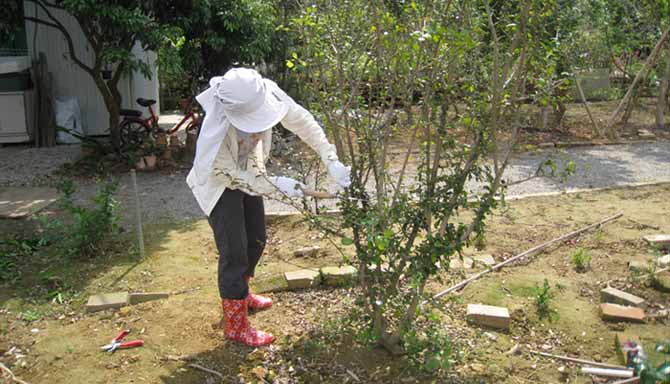 When we are out in the garden, we often do not notice that we are being sunburned until it is too late. While sunny days are when we are most likely to suffer a sever burn while gardening, don’t be tricked when it is a cloudy sky. Some may think that we are safe . . . → Read More: Protect Your Skin While Gardening
By Sandy, on June 2nd, 2010
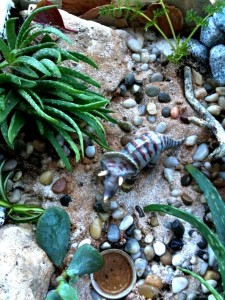
It is always encouraging when some friends and blog readers tell me how much they enjoy Gardening on Cloud 9 and get inspired to start growing some plants at home, or even better, shares with me the fun they have with the tabletop gardens they made.
A few days ago, I have received from Madeleine some photos of a Jurassic tabletop garden she has made. With rocks, sand, and tree barks, she has made a very fun, creative Jurassic park garden for her grandson. The tabletop garden is very well decorated, I especially like the little pebbles placed on the sandy ground as the colors and shapes make the whole picture more fun and interesting. Continue reading Madeleine’s Jurassic Park
By Sandy, on May 24th, 2010
General
- Always try the gardening gloves on to make sure they fit well. Gardening gloves should fit comfortably or your gardening experience will be unpleasant. Tight gloves and gloves too loose that they slide around on your hands or bunch up while working are less likely to be used again. When trying on gardening gloves, try on both hands, make a fist and flex your hands repeatedly to verify the fitting of the gloves.
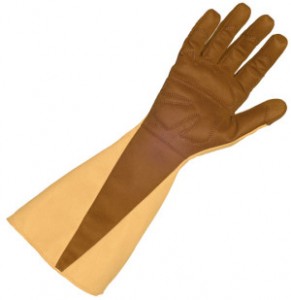 When handling roses or other thorny plants, it makes more sense using a pair of gauntlets (gloves with extended cuff covering part of the forearm) than regular gardening gloves. Yes, a pair of rose gauntlet gloves is not cheap (i.e.: Foxgloves Gauntlet costs $35). But for those gardeners who often work with roses and other thorny plants, this is not a luxury but a necessity. Get yourself a pair of rose gauntlet gloves and you will thank yourself for the years to come. When handling roses or other thorny plants, it makes more sense using a pair of gauntlets (gloves with extended cuff covering part of the forearm) than regular gardening gloves. Yes, a pair of rose gauntlet gloves is not cheap (i.e.: Foxgloves Gauntlet costs $35). But for those gardeners who often work with roses and other thorny plants, this is not a luxury but a necessity. Get yourself a pair of rose gauntlet gloves and you will thank yourself for the years to come.
Continue reading Tips of Choosing Gardening Gloves
By Sandy, on May 20th, 2010
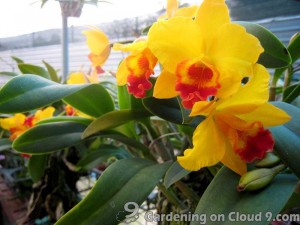 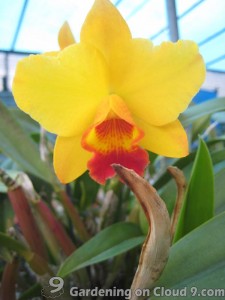
Cattleya orchids are among the most beautiful and satisfying of all orchid species to grow and care for. Since the care of Cattleya orchid is easy, gardening beginners who are interested in growing orchids but haven’t had any experience before, can start with Cattleya orchid. With simple growing conditions, most of us can obtain outstanding results.
And here, let me share with you what I have learned about Cattleya orchids.
Light
The growing area of Cattleya orchids needs to be covered with 50-60% shade cloth. If the light is too strong, the leaves of the Cattleya orchids will be burned. On the other hand, if the light is too weak, the plant will be very weak, and won’t blossom.
Continue reading How to Grow and Care for Cattleya Orchids
By Sandy, on May 17th, 2010
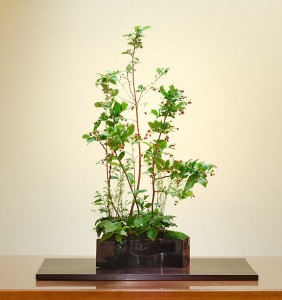 Besides Gardening on Cloud 9, I have another blog called Happy Bonsai. I post all my experience and thoughts about bonsai in my bonsai blog, while everything else of gardening in this blog. Recently, I have come across a modern Japanese bonsai style called Saika Bonsai, and have introduced this bonsai style on my other blog. But due to the characteristics of this modern bonsai style, I think my gardening friends and container gardening lovers would be interested in this bonsai style as well. Besides Gardening on Cloud 9, I have another blog called Happy Bonsai. I post all my experience and thoughts about bonsai in my bonsai blog, while everything else of gardening in this blog. Recently, I have come across a modern Japanese bonsai style called Saika Bonsai, and have introduced this bonsai style on my other blog. But due to the characteristics of this modern bonsai style, I think my gardening friends and container gardening lovers would be interested in this bonsai style as well.
So what is Saika Bonsai?
Continue reading Saika Bonsai – A Mix of Bonsai and Ikebana
By Sandy, on May 13th, 2010
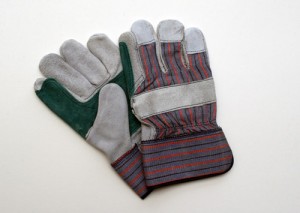 Recently, I am considering getting a quality pair of gloves for myself (at last!). And while I was doing my research of garden gloves online, I came across a poll in a garden forum asking gardeners whether or not they use garden gloves. Recently, I am considering getting a quality pair of gloves for myself (at last!). And while I was doing my research of garden gloves online, I came across a poll in a garden forum asking gardeners whether or not they use garden gloves.
I am curious to find out how many gardeners use garden gloves and what kind of garden gloves they use. As for myself, I always keep a few pairs of garden gloves handy, both in the bonsai workshop and at home. And being a thrifty gardener, I have always been using those inexpensive cotton gloves that are convenient, light and breathable, yet, they are not waterproofed and will worn out very quickly. And sometimes, I will forget about my glove and only remember them after I get a handful of blisters or after my nails get all dirty with soil.
Continue reading Do you use garden gloves?
By Sandy, on May 8th, 2010
I love dried fruits, and dried Hibiscus is one of my favorites (oh yes, Hibiscus is not a fruit but flower… anyways…). I always thought that dried Hibiscus, like fig and red date (aka Chinese Jujube), is common in Asia and probably less familiar among westerners. But when my dear friend, Winifred, gave me a pack of dried sweetened Hibiscus during her visit to Hong Kong from California earlier last week, I knew I was wrong. And I was surprised when Winifred told me that dried sweetened Hibiscus is so common in the states that it can be found in many supermarkets. Take about accessibility, I haven’t seen any supermarket in Hong Kong selling dried Hibiscus.
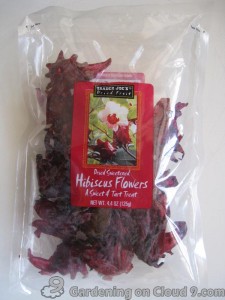 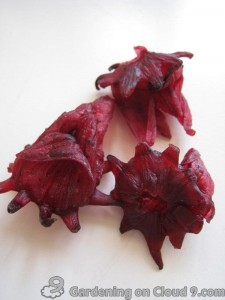
Continue reading Dried Hibiscus – Great for Culinary & Medicinal Uses
By Sandy, on May 6th, 2010
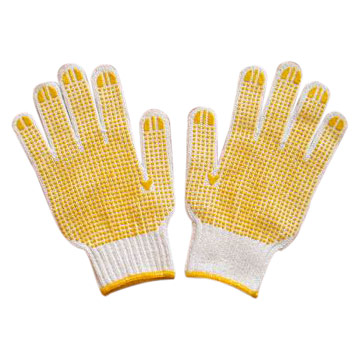 Garden gloves is one of the garden tools that I use most often, and I always keep a few pairs of garden gloves handy in the bonsai workshop as well as at home. Although garden gloves are one of my most favorite garden tools, I have always been using the cheapest type – the cotton work gloves. Cotton work gloves are not only cheap and abundant, but they are also light and breathable. However, they wear off quickly, and become very heavy when get wet. In addition, cotton work gloves provide no protection against thorns and pricks.
Many pairs of cotton work gloves and pricks later, I decided to treat myself better and get a good pair of garden gloves. And it is only then do I realize that there are actually so many different types of gloves in the market. Breathable cotton, latex, leather, water resistant, extra long, etc… And here are the major types of gloves grouped by the main material that they are made out of.
Leather Gloves
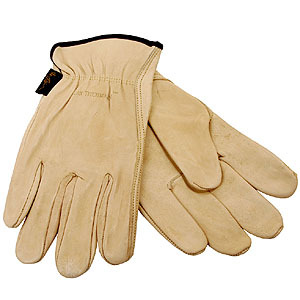 Leather gloves can be quite bulky, but they can be a wise choice for heavy duty jobs that are more likely to injure or blister our hands (i.e.: cutting and stacking firewood, pruning trees or rose bushes). Leather gloves are strong and provide good protection from sharp edges and pokey objects, such as wire fencing and nails. Continue reading The Many Different Types of Garden Gloves Leather gloves can be quite bulky, but they can be a wise choice for heavy duty jobs that are more likely to injure or blister our hands (i.e.: cutting and stacking firewood, pruning trees or rose bushes). Leather gloves are strong and provide good protection from sharp edges and pokey objects, such as wire fencing and nails. Continue reading The Many Different Types of Garden Gloves
By Sandy, on May 3rd, 2010
Deciduous Dendrobium orchids are peculiar-looking plants. Before the orchid enters its dormancy, it will get dry and shrivel, showing its bamboo-like canes after all its leaves have dropped off. And amazingly, and lovelier by contrast, the orchid flowers bud and bloom from the nodes of these day canes once the orchid has come out from its dormancy.
And after sharing what I know about Cattleya orchids, let me share what I know about Dendrobium orchids here.
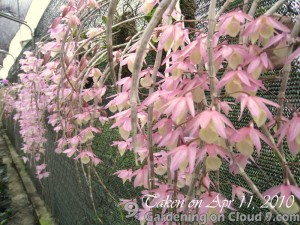 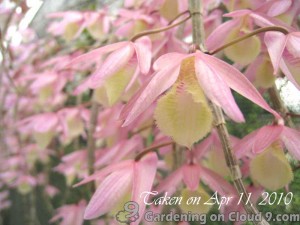
Continue reading How to Grow and Care for Dendrobium Orchids
By Sandy, on April 23rd, 2010
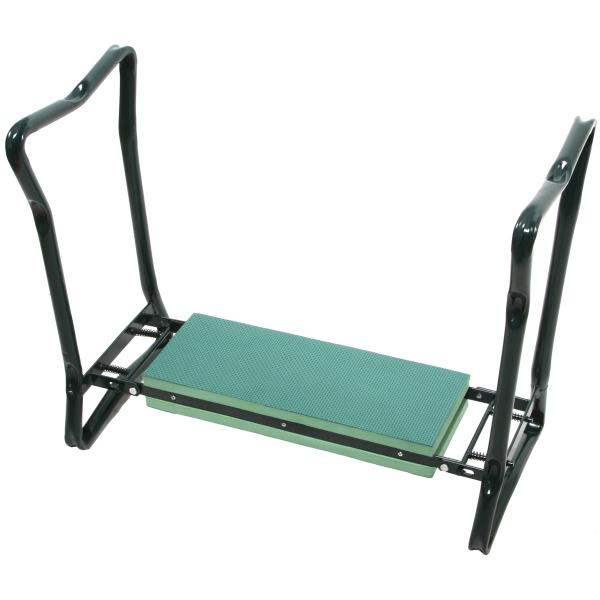 In an earlier post – The Importance of a Garden Kneeler – we talked about how a garden kneeler is a must-have for all gardeners. Many avid gardeners can tell countless stories about the damages and pain they have made on their knees and back over the course of their gardening years tending and . . . → Read More: Tips of Choosing a Garden Kneeler
|
|

















Recent Comments